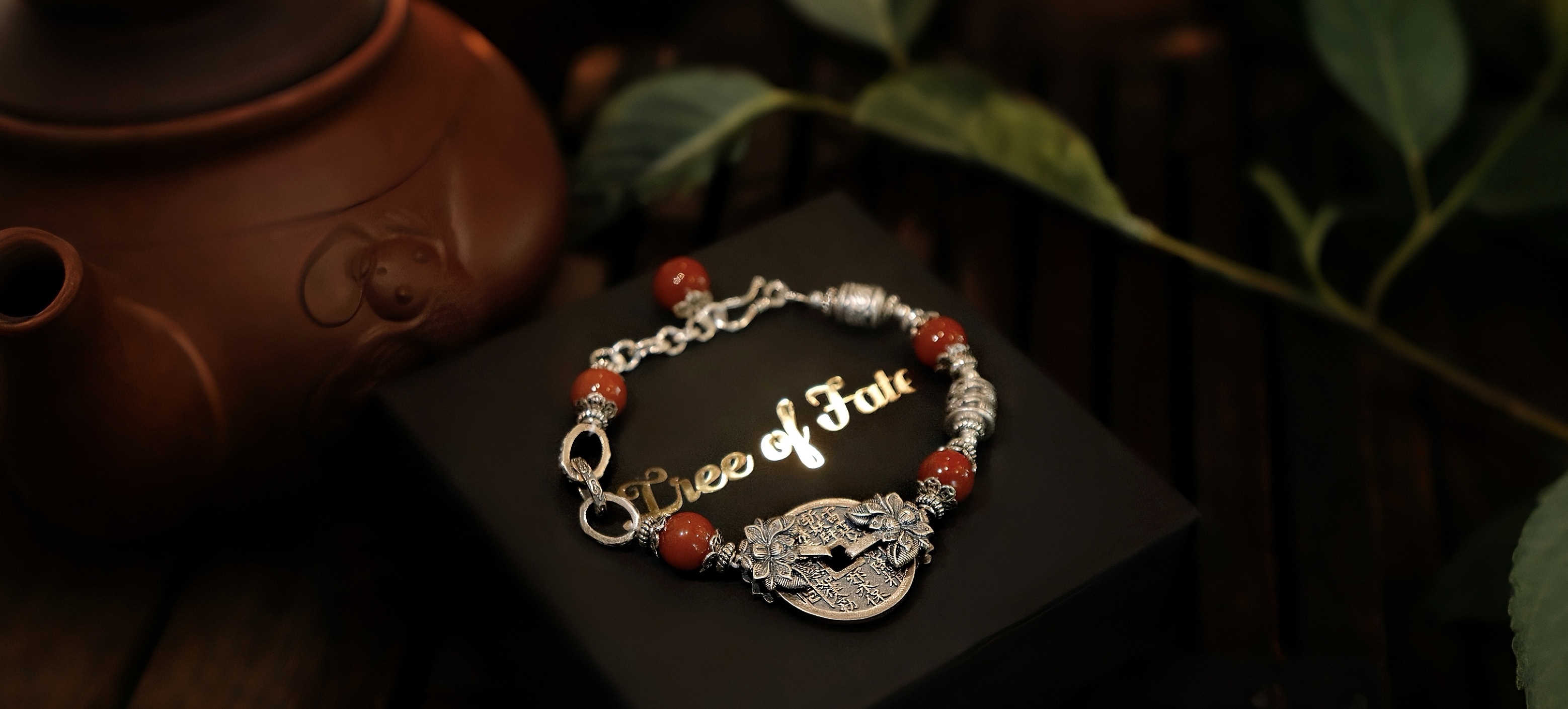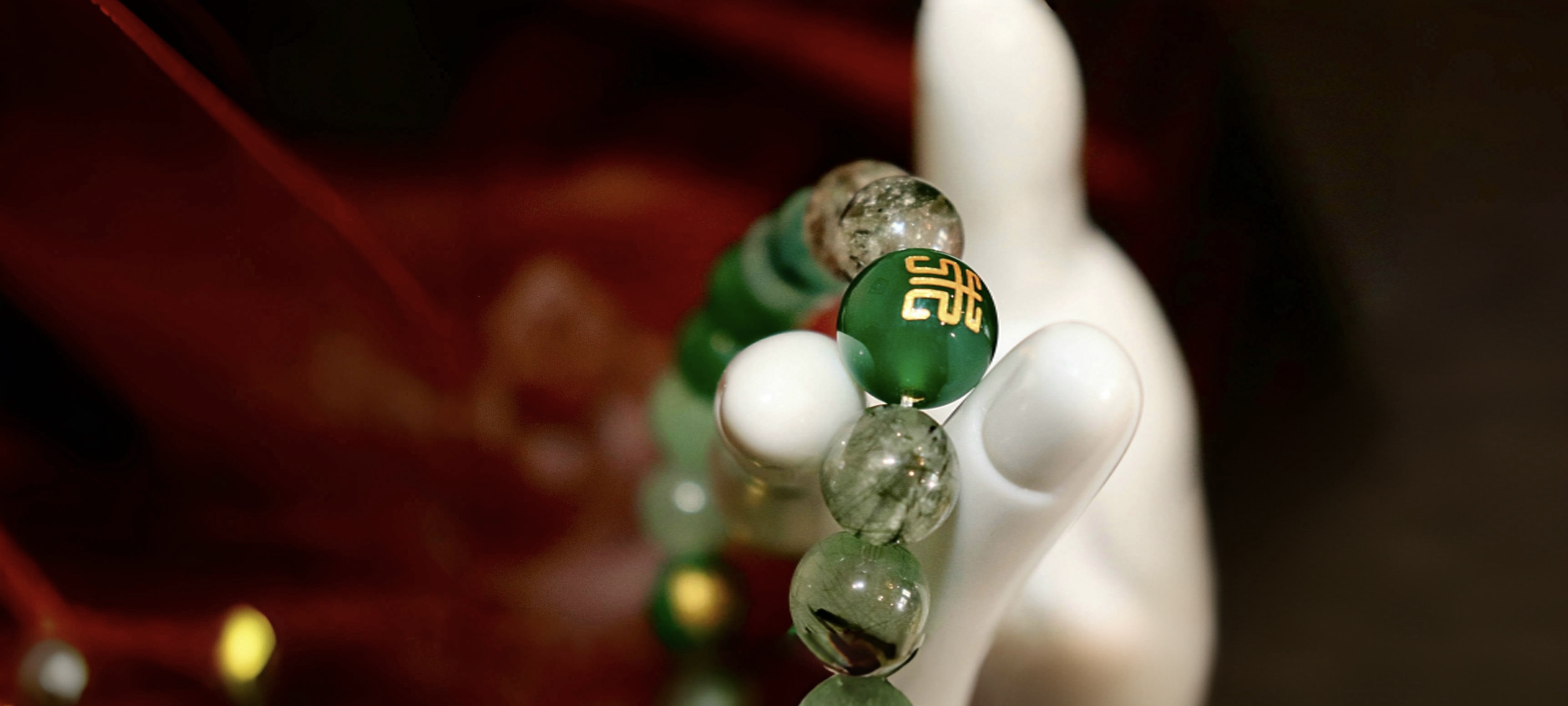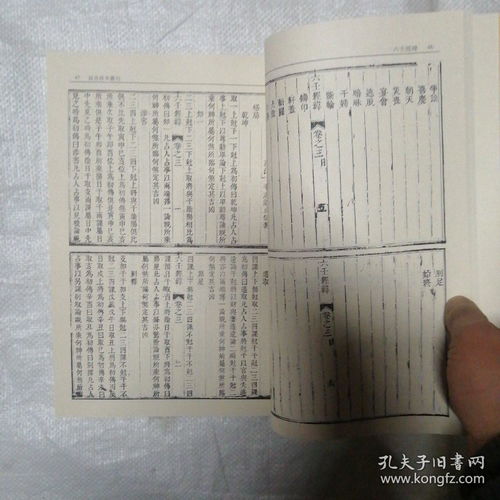six nonnons and longitude (Daoism)
- treeofffate.com
- 2024-05-13 13:05:38



1. An overview of the six-non warp and woof
Liunan Jingwei is an ancient prediction art, mainly used for predicting weather, agricultural time and **, etc. It originated in the Han Dynasty and developed in the Tang and Song Dynasties. It originated in the Han Dynasty, developed in the Tang and Song Dynasties, and reached its peak in the Ming and Qing Dynasties. Its theoretical basis includes the doctrine of five elements, the doctrine of yin and yang, and the heavenly stems and earthly branches.
The Six Imperfections are divided into two parts: the upper part is the "Qiankun Taiji Diagram", and the lower part is the "A Zi Zhenyan Diagram". Among them, "Qiankun Taiji Diagram" is a graph composed of two triangles, indicating the basic relationship between yin and yang in the universe; "A Zi Zhenyan Diagram" is a twelve branches of the earth's branches as the center of the five elements of the relationship between the birth of grams composed of a circular pattern.
2, the use of the six non-woven warp and weft
Before using Liunan Jingwei for prediction, you need to prepare the corresponding tools and materials. They mainly include: the Dayan Calendar (i.e. the Dayan Calendar), the Biography of the Immortals (or the Luo Book), ink and pen, and tortoise shell or jade brief.
The specific steps are as follows:

Step 1: Find the corresponding Rokunin Warp table in the Dayan Calendar based on the date and time of the day.
Step 2: According to the matter to be predicted, select the corresponding "bureau", i.e., find the corresponding chapter in the "Biography of the Immortals".
Step 3: Fill in the top and bottom of the selected "bureau" on the tortoise shell or jade tablet, and draw out the symbols and patterns in a specific order.
Step 4: Interpretation of the symbols and patterns to produce a prediction.
3. Application of Liunan Jingwei in agriculture
Liunan Jingwei has a wide and deep application in ancient agricultural production. It mainly includes the following aspects:
1. Farming time prediction
Through the use of Liunan warp and weft for prediction, it is possible to know which crops are suitable for planting in different seasons and stages and when to start plowing and sowing. In this way, it is possible to utilize the climatic conditions and land resources to a large extent and improve the efficiency of agricultural production.
2. Disaster prediction
Liunong Jingwei can also be used to predict natural disasters, such as drought and flood, wind and hail. Taking timely countermeasures before a disaster occurs can reduce losses and impacts.
3. Livestock breeding
The six-non warp and woof can also be used to predict livestock reproduction. For example, mating at the right time or cutting off certain parts of the animal can improve the breeding rate and quality.
4. Herb cultivation
Predictions using the Six Nons can also tell when it is appropriate to pick different herbs and choose the best place and way to plant them.
4. The application of Liunan Jingwei in **
Ancient ** is a very important and complex field. In this field, Liunan Jingwei also has a wide and deep use:
1. Strategic forecasting
Through the use of Liunan Warp to make predictions, one can learn about the enemy's military situation, troop strength, and plan of action. This enables timely countermeasures to be taken to avoid **failure**.
2. Strategic Deployment
Liunan Jingwei can also be used to guide **strategic deployment. For example, when choosing the direction of attack or defense, it is necessary to make a comprehensive consideration based on factors such as the time, place, and people.
3. Strategic Training
Through the use of Liunong Jingwei for prediction, it is also possible to know when it is appropriate to organize strategic exercises and training, and to choose the best time, place and way.
4. Selection of generals
4.
In ancient times**, **played a very important role. By making predictions using Liunan Jing and Wei, we can know which people are suitable for ** and arrange their duties and tasks.
相关文章
- Xiao Liunan Chikou asks about diseases
- Xiao Liunan deciphering method
- How to tell love in Xiao Liu Nong
- Xiao Liunan asks about sickness and empty death in detail
- Comparison Table of Xiao Liunan Quick Determination
- the Little Six Nonsignature (i.e. the number of fingers in a Chinese character stroke)
- What is the direction of Xiaoliu Nong Liulian (the number of Xiaoliu Nong Liulian)
- Xiao Liunan Daan explains in detail
